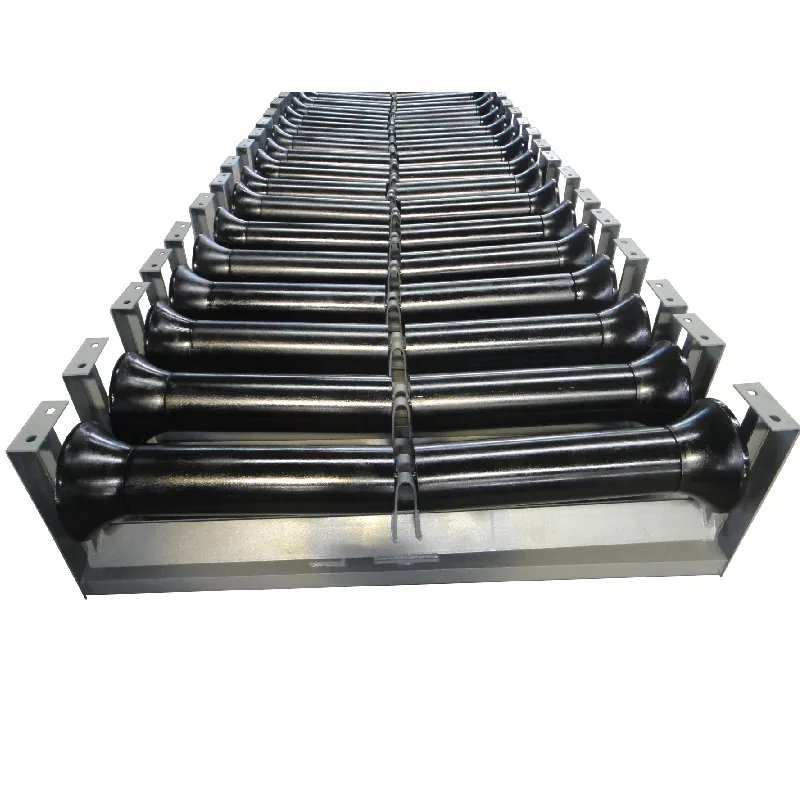 Afrikaans
Afrikaans  Albanian
Albanian  Amharic
Amharic  Arabic
Arabic  Armenian
Armenian  Azerbaijani
Azerbaijani  Basque
Basque  Belarusian
Belarusian  Bengali
Bengali  Bosnian
Bosnian  Bulgarian
Bulgarian  Catalan
Catalan  Cebuano
Cebuano  Corsican
Corsican  Croatian
Croatian  Czech
Czech  Danish
Danish  Dutch
Dutch  English
English  Esperanto
Esperanto  Estonian
Estonian  Finnish
Finnish  French
French  Frisian
Frisian  Galician
Galician  Georgian
Georgian  German
German  Greek
Greek  Gujarati
Gujarati  Haitian Creole
Haitian Creole  hausa
hausa  hawaiian
hawaiian  Hebrew
Hebrew  Hindi
Hindi  Miao
Miao  Hungarian
Hungarian  Icelandic
Icelandic  igbo
igbo  Indonesian
Indonesian  irish
irish  Italian
Italian  Japanese
Japanese  Javanese
Javanese  Kannada
Kannada  kazakh
kazakh  Khmer
Khmer  Rwandese
Rwandese  Korean
Korean  Kurdish
Kurdish  Kyrgyz
Kyrgyz  Lao
Lao  Latin
Latin  Latvian
Latvian  Lithuanian
Lithuanian  Luxembourgish
Luxembourgish  Macedonian
Macedonian  Malgashi
Malgashi  Malay
Malay  Malayalam
Malayalam  Maltese
Maltese  Maori
Maori  Marathi
Marathi  Mongolian
Mongolian  Myanmar
Myanmar  Nepali
Nepali  Norwegian
Norwegian  Norwegian
Norwegian  Occitan
Occitan  Pashto
Pashto  Persian
Persian  Polish
Polish  Portuguese
Portuguese  Punjabi
Punjabi  Romanian
Romanian  Russian
Russian  Samoan
Samoan  Scottish Gaelic
Scottish Gaelic  Serbian
Serbian  Sesotho
Sesotho  Shona
Shona  Sindhi
Sindhi  Sinhala
Sinhala  Slovak
Slovak  Slovenian
Slovenian  Somali
Somali  Spanish
Spanish  Sundanese
Sundanese  Swahili
Swahili  Swedish
Swedish  Tagalog
Tagalog  Tajik
Tajik  Tamil
Tamil  Tatar
Tatar  Telugu
Telugu  Thai
Thai  Turkish
Turkish  Turkmen
Turkmen  Ukrainian
Ukrainian  Urdu
Urdu  Uighur
Uighur  Uzbek
Uzbek  Vietnamese
Vietnamese  Welsh
Welsh  Bantu
Bantu  Yiddish
Yiddish  Yoruba
Yoruba  Zulu
Zulu Key Elements of a Belt Conveyor System Explained in Detail
Components of a Belt Conveyor System
Belt conveyor systems are essential in various industries for the efficient transportation of materials. They are widely used in manufacturing, mining, and logistics, among others. Understanding the components of a belt conveyor system is crucial for selecting the right system for specific applications and ensuring operational efficiency. This article explores the key components of a belt conveyor system and their functions.
1. Conveyor Belt
At the heart of any belt conveyor system is the conveyor belt itself. The belt is made from durable materials, typically rubber or polymer, designed to withstand wear and tear from the materials being transported. The design of the conveyor belt can vary depending on the application, with some belts featuring special coatings or textures to improve grip or reduce friction.
2. Drive Unit
The drive unit is responsible for powering the conveyor belt. It usually consists of an electric motor connected to the pulley, which moves the belt. The type of drive system can vary. Some systems use a direct drive, where the motor is directly attached to the pulley, while others employ a gearbox to enhance torque. Proper selection and maintenance of the drive unit are crucial for ensuring smooth operation and minimizing downtime.
3. Pulleys
Pulleys are cylindrical devices around which the conveyor belt wraps. They play a critical role in guiding the belt and maintaining its tension. There are two main types of pulleys the drive pulley, which is powered by the motor, and the tail pulley, which helps to return the belt. In some systems, additional idler pulleys are incorporated to support the belt and improve its tracking.
4. Idlers
.
Idlers are support structures located along the length of the conveyor belt. They help maintain the belt's alignment and carry the load during operation. Depending on the application, idlers can be designed with various configurations—such as troughing idlers, which guide the belt into a U-shape for better material containment. The correct number and spacing of idlers are vital for stabilizing the belt and reducing operational friction.
components of belt conveyor system

5. Tensioning Device
A tensioning device is essential to ensure that the conveyor belt maintains the correct tension. Proper tensioning prevents slippage, which can lead to wear and inefficiency. Common tensioning systems include manual and automatic types. Manual tensioning often involves adjusting screws or levers, while automatic systems can use hydraulic or pneumatic mechanisms for continual tension adjustment.
6. Structure
The conveyor system is supported by a structural framework that can be made from steel, aluminum, or composite materials. The design of this structure is tailored to the specific operational demands, such as the length of the belt, the weight of the materials being transported, and environmental factors. A robust structure is essential for maintaining the integrity of the conveyor throughout its operating life.
7. Control System
A conveyor system's control mechanism regulates its operation, ensuring that the belt starts, stops, and runs at the desired speed. Control systems can range from simple electrical circuits to sophisticated programmable logic controllers (PLCs) that allow for automation and integration with other systems. Modern conveyor systems often include sensors and feedback loops that monitor load, speed, and belt alignment, making adjustments as necessary.
8. Safety Features
Safety is paramount in any industrial environment, and belt conveyors are no exception. Various safety features can be integrated into the conveyor system, including emergency stop buttons, safety guards, and sensors that detect foreign objects on the belt. Properly implementing these safety measures helps prevent accidents and protects both personnel and equipment.
Conclusion
Belt conveyor systems are vital for many industries, and understanding their components is essential for effective application and maintenance. From the conveyor belt and drive units to pulleys and safety features, each component plays a significant role in achieving efficient material handling. By ensuring that all components function together harmoniously, businesses can optimize their conveyor systems for peak performance and reliability.
-
Revolutionizing Conveyor Reliability with Advanced Rubber Lagging PulleysNewsJul.22,2025
-
Powering Precision and Durability with Expert Manufacturers of Conveyor ComponentsNewsJul.22,2025
-
Optimizing Conveyor Systems with Advanced Conveyor AccessoriesNewsJul.22,2025
-
Maximize Conveyor Efficiency with Quality Conveyor Idler PulleysNewsJul.22,2025
-
Future-Proof Your Conveyor System with High-Performance Polyurethane RollerNewsJul.22,2025
-
Driving Efficiency Forward with Quality Idlers and RollersNewsJul.22,2025





























